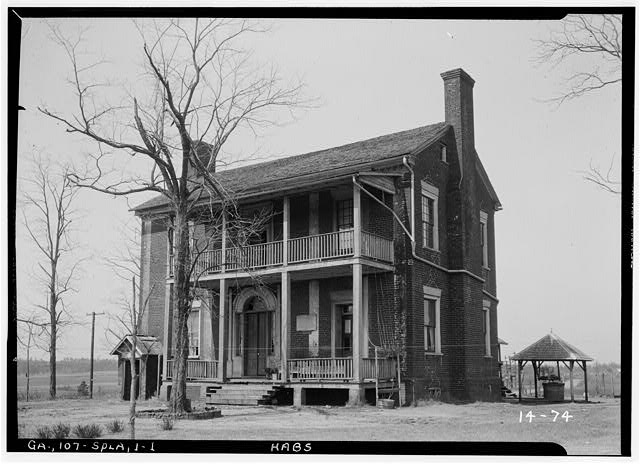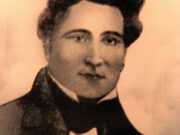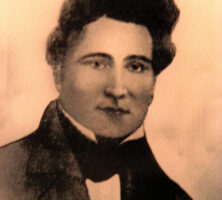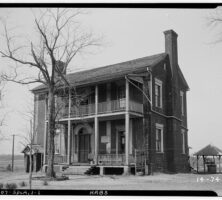Joseph Vann was a prominent Cherokee leader and slave owner. In addition to his agricultural pursuits, Vann owned taverns and steamboats, which he operated on the Arkansas, Mississippi, and Ohio rivers.

Born on February 11, 1798, in Murray County in northwest Georgia, Vann was the son of Chief James Vann and Margaret “Peggy” Scott. His grandfather was Clement Vann, a Scottish trader who moved from Charleston, South Carolina, to the Cherokee lands in northwest Georgia and married Wa-wli, a Cherokee Indian. Wa-wli was baptized by Moravian missionaries, and they changed her name to Mary Christiana.
Vann’s father amassed a fortune through his trading post and tavern business. He was equally successful in the political sphere. By 1800 Vann’s father was the dominant chief in the Cherokee tribe’s councils.
In 1808 Vann’s father killed his brother-in-law in a duel. A year later, at a tavern near his home, Vann’s father was murdered, presumably in retaliation. Vann was eleven years old at the time and was present in the tavern when his father was shot and killed.
At his death Chief Vann left behind an impressive house on 400 acres at Spring Place Plantation in Murray County. (The house, which still stands, is today known as the Chief Vann House.) The elder Vann stated in his will that he wanted Spring Place Plantation to be passed on to his son Joseph. However, Cherokee law stipulated that the home go to his wife, Peggy, while his possessions and property were to be divided among his children. Eventually, Vann did inherit the house and property.
Vann possessed his father’s talent for shrewd trading. He accumulated great wealth in trade, and the two-story mansion at Spring Place made him the envy of many settlers. Among the visitors to the Vann house was U.S. president James Monroe, who in 1819 spent the night at Spring Place during a trip from Augusta to Nashville, Tennessee.
In 1827 Vann secured his political place in the Cherokee Nation. He was a successful candidate for the National Council, the lower house of the Cherokee legislature. However, neither Vann’s power among the Cherokees nor the respect he enjoyed among whites could protect him from losing his property. In 1834 the Georgia Guard evicted Vann from his property under the pretext that Vann had broken a state law that prohibited whites from working for Indians. (Vann had hired a white man as overseer of his plantation.) This eviction was permitted under the dictates of the Georgia land lottery, which led to the final removal of the Cherokees from the state in 1838. Vann filed a lawsuit over the dispossession of his property and was eventually awarded $19,605 for the loss of Spring Place Plantation.

After the eviction Vann moved his family to Tennessee, where he owned a large plantation on the Tennessee River near the mouth of Ooltewah Creek. In 1836 Vann again moved west, this time to Webbers Falls on the Arkansas River. He died on October 6, 1844, when his ferryboat exploded near Louisville, Kentucky. Some contemporary accounts mistakenly identified Joseph’s cousin, David Vann, as the owner and operator of the ill-fated vessel.







